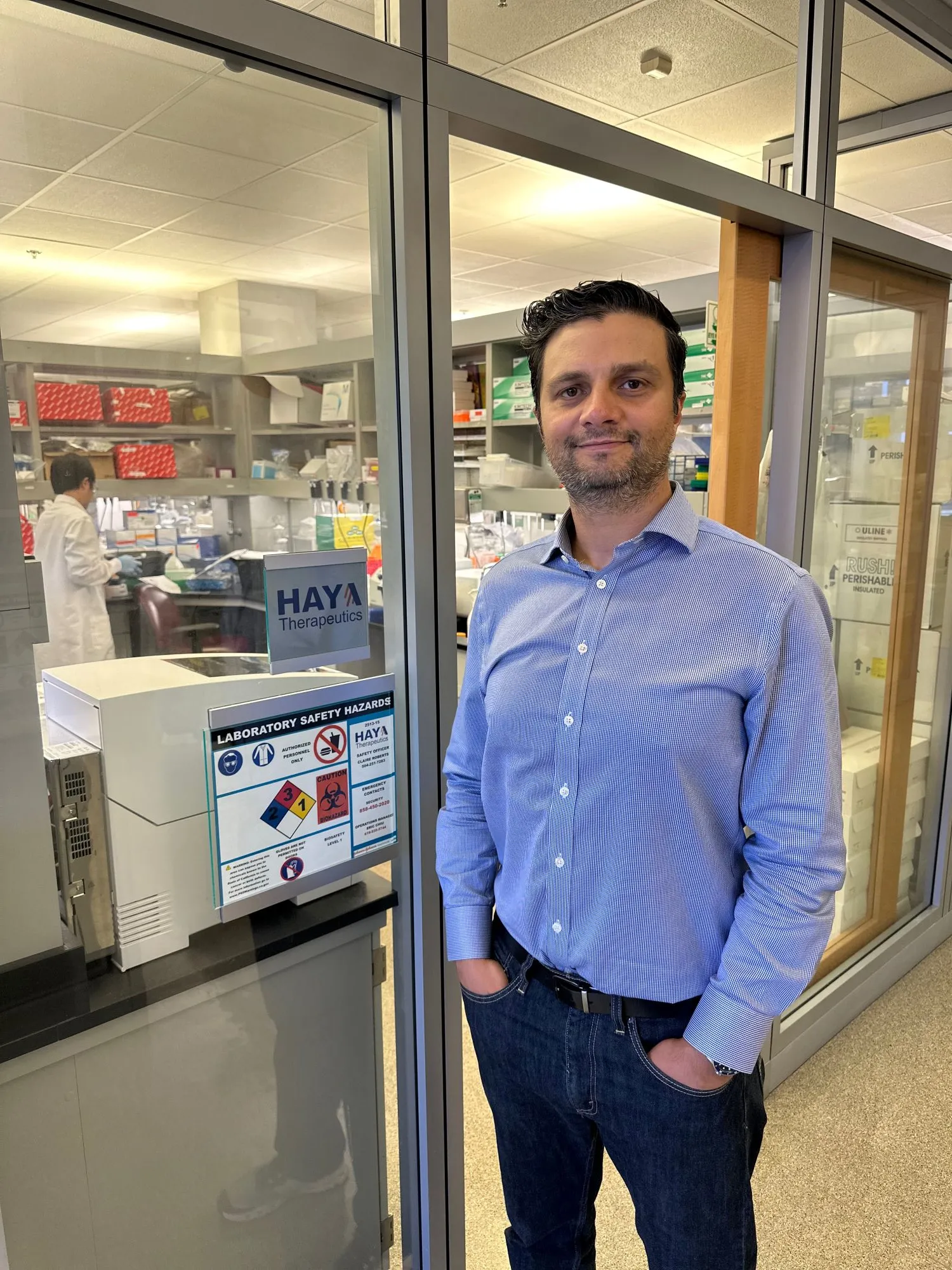Eli Lilly is placing a $1 billion bet on the development of long non-coding RNA targeted therapies for obesity and metabolic disease — and it’s not the only pharma giant putting down serious cash on the emerging technology.
Last week, Lilly struck a deal with Haya Therapeutics, a Switzerland and San Diego-based biotech in the early phases of lncRNA development targeting chronic diseases. The deal includes an undisclosed upfront payment as a series C funding round, an equity investment and an aggregate of $1 billion in potential milestone payments.
It’s a large sum for a preclinical-stage biotech with a platform based on unproven biology, and shows how much Lilly wants to expand its obesity and genetic medicine prowess. But there’s a long road ahead before lncRNA therapies are on the market.
‘First in biology’
LncRNAs, also known as “link” RNAs, are part of the “dark genome” that makes up 98% of humans’ genetic makeup. They regulate disease-associated gene pathways and proteins, according to Haya, which is aiming to develop ultra-precise drugs. The technology reprograms pathological disease-associated cell states and can target specific cells without affecting others, theoretically resulting in better efficacy and less toxicity than other treatments.
“If your target is so specific, you have no concerns around exaggerated pharmacology in other tissues, and that's what we see with these targets,” said Haya CEO Samir Ounzain.

LncRNA therapies are an emerging technology that may be well suited to treat chronic diseases such as obesity and heart disease, according to Ounzain, who said lncRNAs orchestrate the activity of the dark genome to control cellular behavior.
“These are common and chronic diseases caused by two themes: the environment and common genetic variation,” said Ounzain. “And the regulatory dark genome is where all of this happens. Environmental signals and common genetic variation is found in the dark genome. And for that reason, we think our platform is perfectly suited for common chronic diseases.”
The development of lncRNA therapies is still in early stages across the industry. Haya’s lead candidate, HTX-001, is in discovery and is separate from the company’s plans with Lilly, according to Ounzain.
The Lilly investment underscores how Big Pharma views the potential of lncRNAs.
“From a drug discovery and development perspective, it’s not first in class. It's first in biology,” Ounzain said.
It’s also the first major collaboration for Haya.
“From an optics perspective, when you're first in biology, there's always some conservatism and reservedness around that biological target space,” Ounzain said. “This announcement hopefully is going to demonstrate to the world that long non-coding RNAs are a bona fide next generation biological target space with huge opportunities.”
Big Pharma’s interest
For Lilly, beefing up its obesity portfolio with new types of drugs could help preserve partial dominance in the market. Its blockbuster GLP-1 medications, Mounjaro and Zepbound, have been in short supply at times due to high demand. And the pharma giant is shelling out billions in manufacturing investments to boost supply. In addition, Lilly has focused on growing its genetic medicine portfolio with DNA- and RNA-based therapies for metabolic diseases. Even with more competitors developing obesity medications, the market has plenty of runway — some estimates place the value of the obesity market up to $200 billion by 2030.
“There are a number of companies in the space, but it's very much an untested area of biology."

Samir Ounzain
CEO, Haya Therapeutics
But it’s not just obesity where lncRNAs could have the biggest impact.
Last month, Bayer struck a deal with NextRNA Therapeutics worth up to $547 million to develop two lncRNA programs for small molecule oncology therapies using its proprietary platform..
NextRNA, like Haya, is still in early stages, and its deal with Bayer hinges on development milestones. Several other biotechs are also working on lncRNA therapies, including Amaroq Therapeutics in the cancer space and England-based Transine Therapeutics, which specializes in central nervous system and ophthalmology targets.
“There are a number of companies in the space, but it's very much an untested area of biology,” Ounzain said.
Looking ahead, the goal for Haya is to leverage the platform for the development of new therapies as quickly as possible. Collaborations will continue to be a big piece of its growth strategy, according to Ounzain. The company announced in July a Big Pharma hire when Eric Adam, formerly global head of operations, neuroscience and rare diseases in pharma research and early development at Roche, took over as its chief operating officer. Ounzain said the move illustrates the company’s progress.
“Hopefully it sends a message that we're preparing now to scale our platform and grow,” Ounzain said.



















